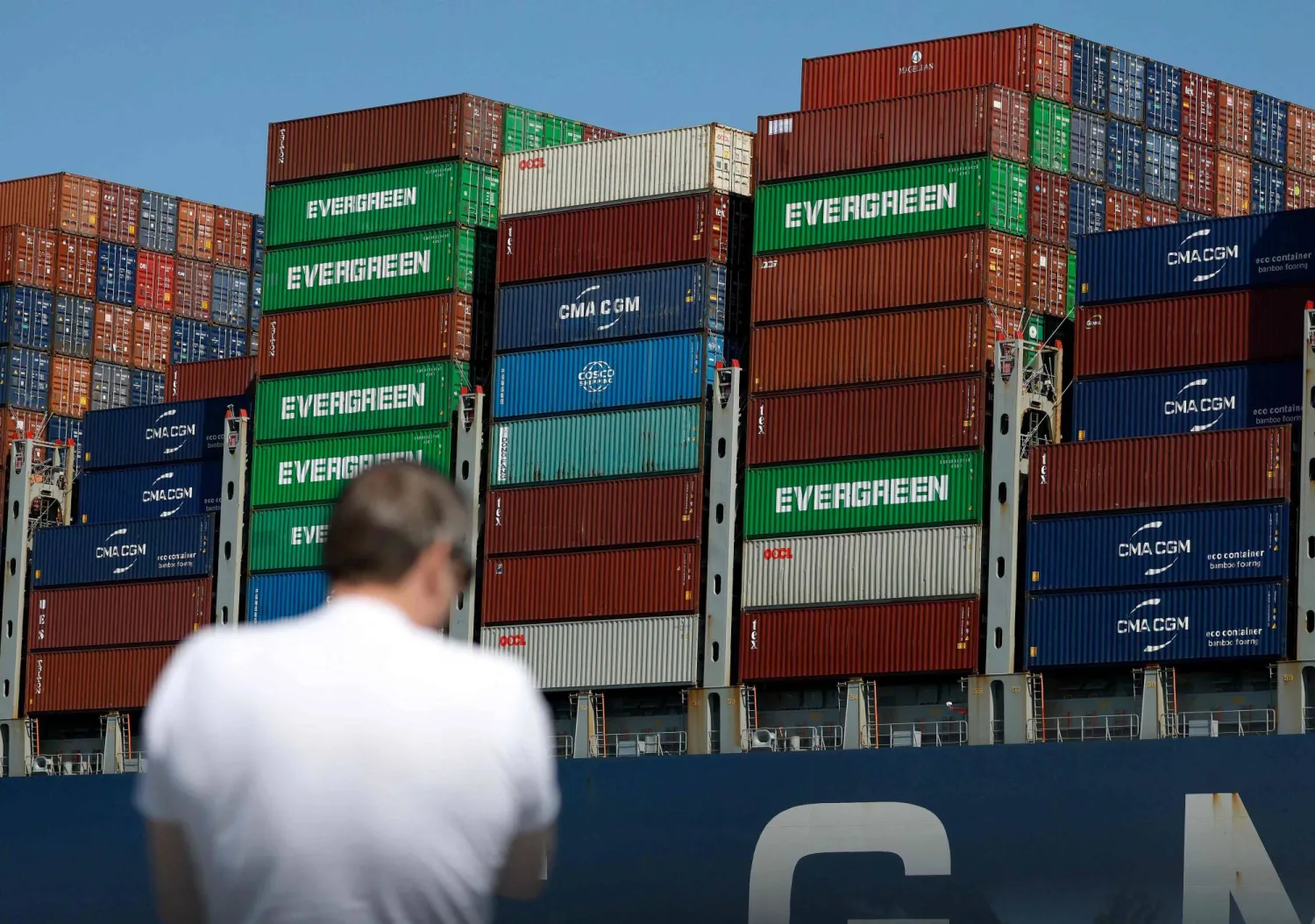As discussions over the future of Gaza continue, the conflicting visions among key players make reaching a consensus increasingly difficult. The phrase “it’s complicated,” used by US envoy to the Middle East Steve Witkoff to justify Israel’s continuation of the war, summarizes the deep divisions among stakeholders.
Since the October 7, 2023, Hamas attack on Israel, followed by Israel’s devastating war on Gaza, international efforts to define the “day after” scenario have remained unresolved.
Israeli Prime Minister Benjamin Netanyahu refuses to allow either the Palestinian Authority (PA) or Hamas to govern Gaza. Meanwhile, former US President Donald Trump envisions turning Gaza into the “Riviera of the Middle East”—without the PA, Hamas, or even Palestinians themselves. Arab states are considering an independent committee to manage Gaza, while the PA insists on taking sole control. Hamas, on the other hand, has proposed a support committee to oversee governance. The result is a landscape where no party shares a unified vision for post-war Gaza.
A senior Palestinian official emphasized that the PA and Arab states are relying on the US to take a firm stance and impose a solution on Israel. “There is no agreement yet. The issue must still be settled,” he told Asharq Al-Awsat. The official stressed that a binding US position, along with Arab and international support, is necessary for any effective governance plan.
While Trump and Netanyahu have outlined different visions for Gaza, behind the scenes, the US is engaged in discussions about post-war governance. Yet, Netanyahu has repeatedly avoided addressing this issue, preferring to focus on military operations. Israeli writer Avi Shilon argued in Yedioth Ahronoth that Netanyahu is prolonging the war to evade making a tough decision about Gaza’s future.
Both Witkoff and Shilon believe Hamas intends to maintain its presence in Gaza. While Witkoff insists that Hamas’ continued rule is unacceptable to Trump’s administration, he hinted that the group could participate politically if it disarms.
Witkoff also suggested that negotiations might provide a path forward, arguing that Hamas is not as ideologically rigid as some claim.
This approach aligns with US efforts to engage Hamas indirectly, recognizing that Israel has been unable to decisively eliminate the group. Shilon noted that Israel’s demand to end Hamas’ rule is justified in principle but impractical in reality.
“Israel cannot force Hamas to surrender. A group willing to sacrifice tens of thousands of its people and endure Gaza’s destruction has no incentive to return hostages if all we offer is their removal from power,” he wrote, adding that the US has come to the same realization.
Hamas responded swiftly to Witkoff’s remarks, with spokesperson Abdel Latif al-Qanoua stating that some of these proposals are under discussion with mediators. He affirmed that Hamas is open to governance arrangements in Gaza, provided they have broad consensus. “We approved the formation of a societal support committee in Gaza that does not include Hamas. We have no ambitions to govern Gaza; what matters to us is national consensus, and we are committed to its outcomes,” he said.
Egyptian Foreign Minister Badr Abdel Aty previously outlined a comprehensive reconstruction plan for Gaza, including training Palestinian security forces in Egypt and Jordan before their deployment to the Strip. A Hamas official confirmed to Asharq Al-Awsat that the group genuinely does not seek to govern Gaza, but it insists that governance arrangements be Palestinian-led, without US or Israeli dictates. “Our weapons are not up for discussion unless it leads to a Palestinian state,” the official emphasized.
The PA and Fatah have also entered the debate, calling on Hamas to relinquish control of Gaza. Fatah spokesperson Munther al-Hayek urged Hamas to step aside, warning that the upcoming period could be “even more severe” for Gaza’s civilians.
A lingering question remains: Will the October 7 attack ultimately bring Palestinians closer to statehood, or will it destroy their aspirations?
Thirty-two years after the Oslo Accords—when US sponsorship, international backing, and a strong PA seemed to pave the way for peace—Israel’s refusal to conclude negotiations has kept Palestinians in a cycle of talks, conflicts, and political paralysis. Over time, Israel’s approach has weakened the PA and, whether intentionally or not, bolstered Hamas’ influence—leading to the devastating events of October 7.
As the region contemplates Gaza’s future, the unresolved question remains: What lessons have Washington and Tel Aviv learned, and what do they truly want?







